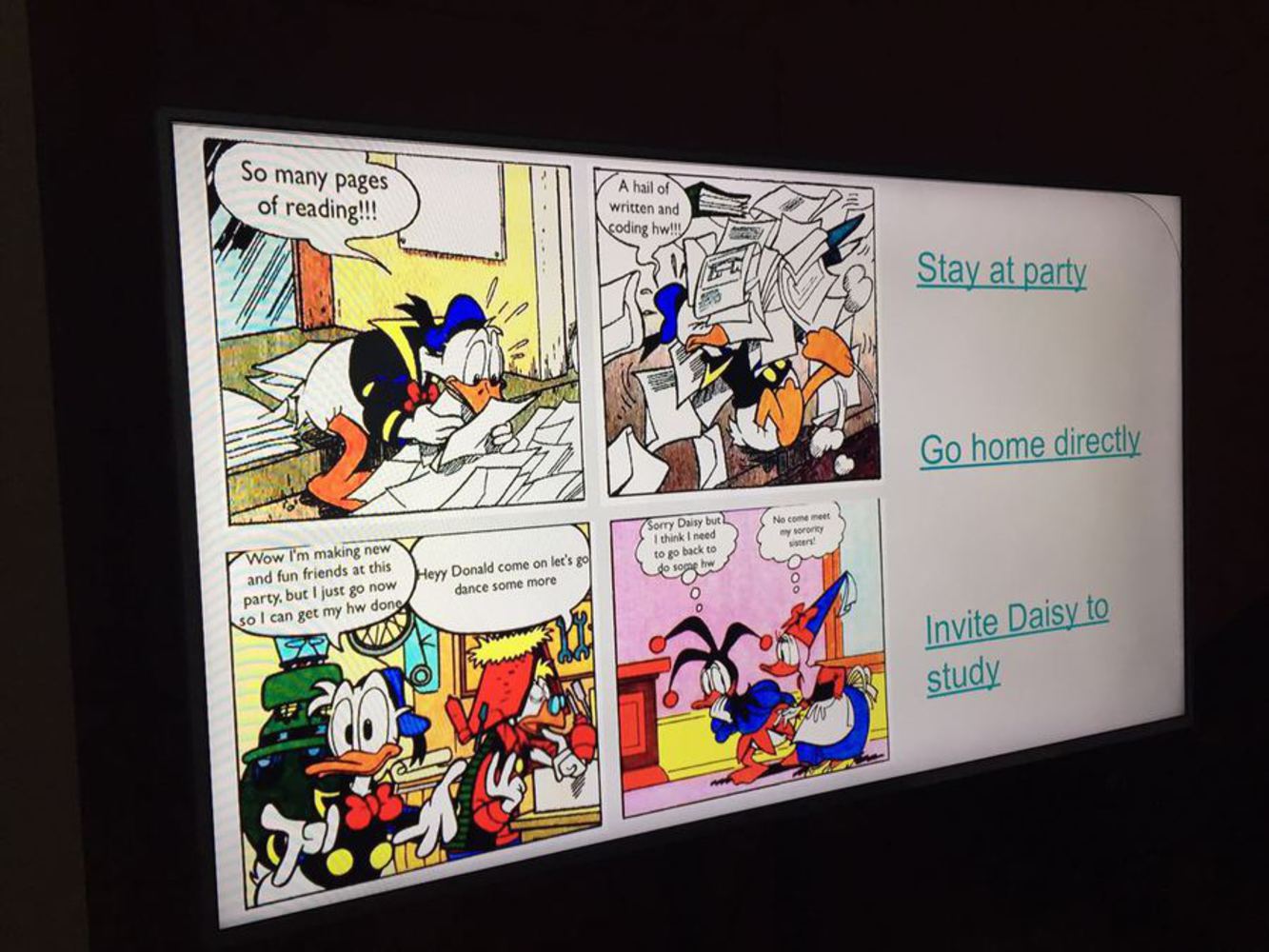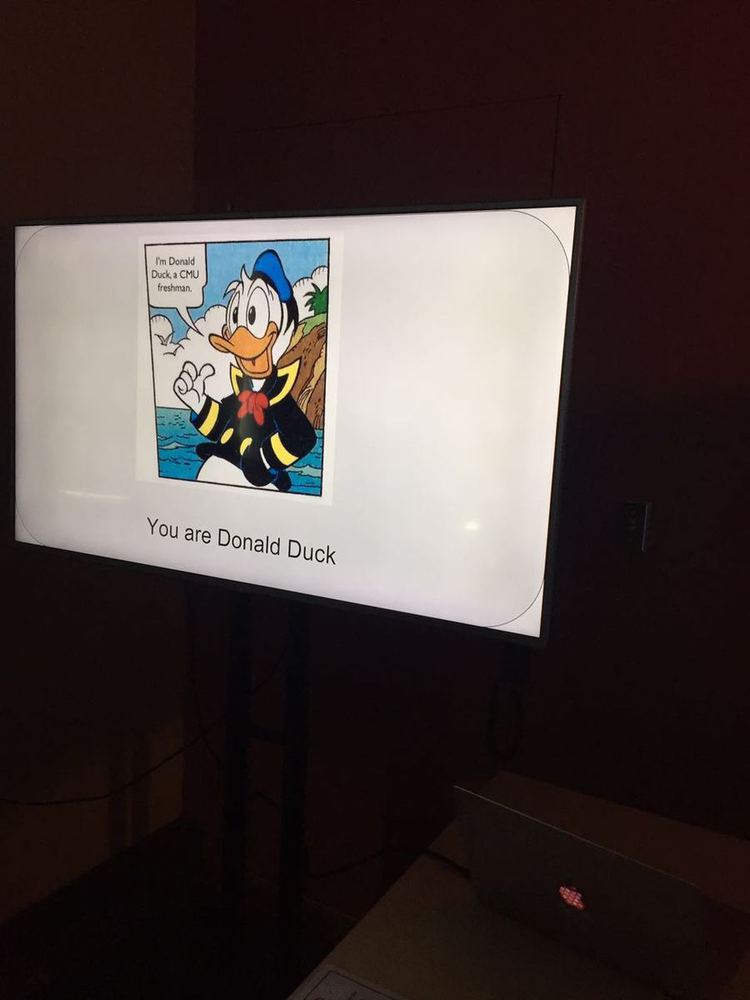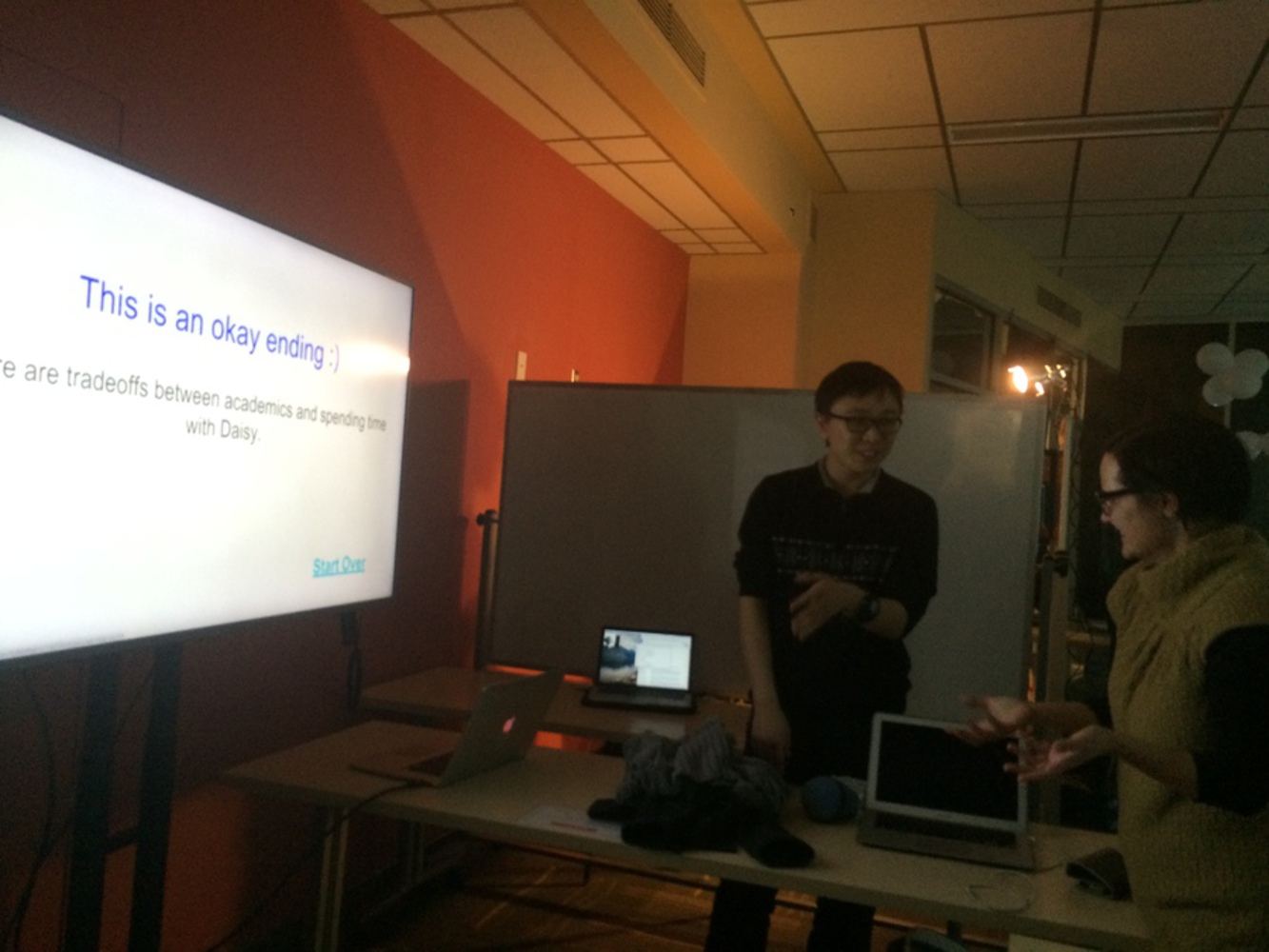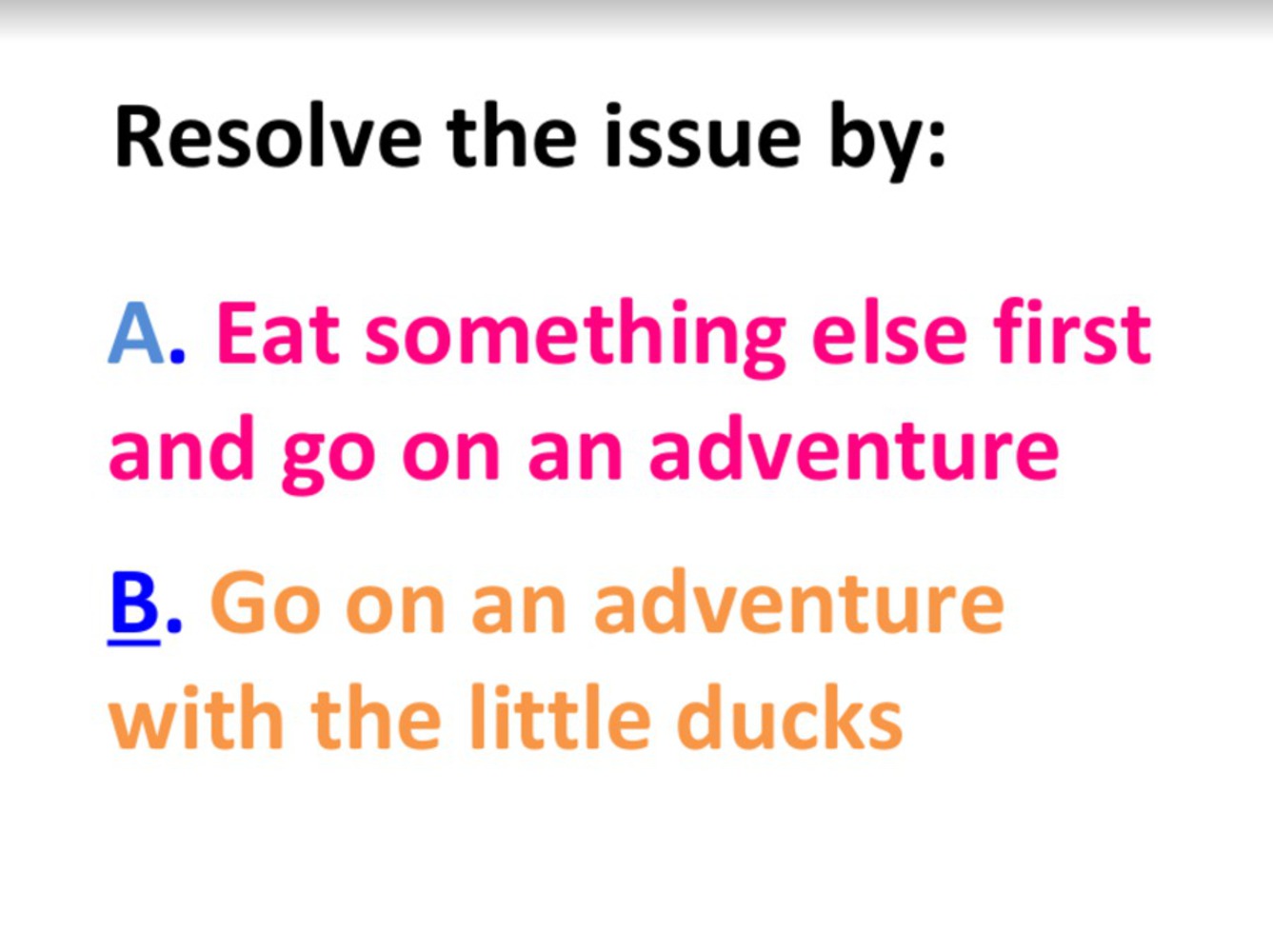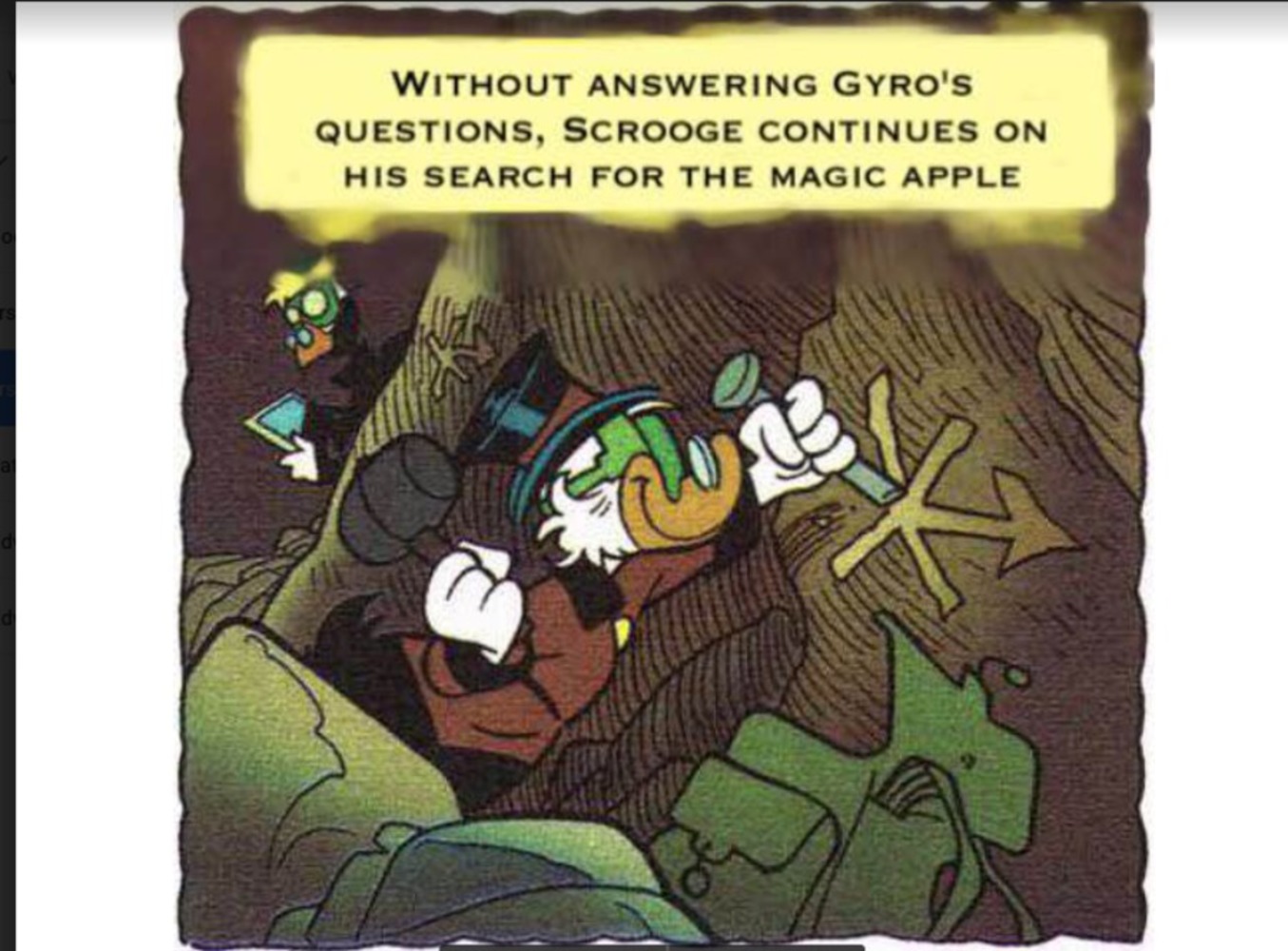Research
Di’s 3 research outcomes:
1. Dungeon Stompage:
http://chooseyourstory.com/story/viewer/default.aspx?StoryId=12792
This is an online choose-your-own-adventure style of game that uses little animation but is rich in its storyline, which motivates the player to continue and finish the game. The various items are animated with pictures, which, when clicked on, would make the player use that item. Besides that, however, there isn’t really incorporation of media. Another downside is that the plot may be too long for an average player to effectively reach the ending.
2. strange Mickey Mouse/Donald Duck comic panel edit
http://data.whicdn.com/images/171009463/large.jpg
This is a random comic strip whose lines are replaced with philosophical questions. It is interesting that while Donald Duck’s worried look matches his new line, Mickey Mouse’s ominous smile fits even better with the harsh words that he is speaking. We can use a similar kind of irony in our project.
3. The Terrible Truth About Time Travel
http://www.collegehumor.com/post/7036566/the-terrible-truth-about-time-travel
This game closely resembles what I envision as the final product of our project. Instead of dry words, each choice would be animated with self-explanatory images. In addition to that, as we said in the proposal, the pictures would be actual comic strips, with the lines replaced.
Chelsea's research outcomes:
1. Memes in Disney movie scripts
Watching or reading comics as a little kid might not be exactly the same as doing so as an adult. In these Pinterest posts, snatches of conversations or lines in the Disney movies were taken out and turned into memes. I think this could be very relevant to our project as we're going to use Micky Mouse and Donald Duck, two cartoon characters everyone became familiar with in his or her childhood, to illustrate some things that seem naive on the surface, but are more of concerns in adult life.
2. Choose your own adventure : The Abominable Snowman
https://en.wikipedia.org/wiki/Choose_Your_Own_Adventure:_The_Abominable_Snowman
This is an interactive movie in that audience can direct how the storyline goes with a remote control. Both this movie and our project make use of cartoons and require audience participation. This concept is very similar to what we want to achieve in our project, and we could also adopt something similar to the voting scheme used in this movie.
3. Horrible Things That Happen To Cartoon Characters That Don't Have Their Morning Coffee
https://creators.co/@JJMoya1955/3981798#_ga=1.154452477.414941183.1480587053
The artist drew and photoshopped animated characters to emulate their looks before drinking coffee in the morning. In our project, since we attempt to use comic strips and fill in the conversation bubbles as the storyline progresses, I think we can draw inspiration from this artwork and photoshop the characters in the comic strip as well as updating the conversation bubbles, and make the display more lively.
